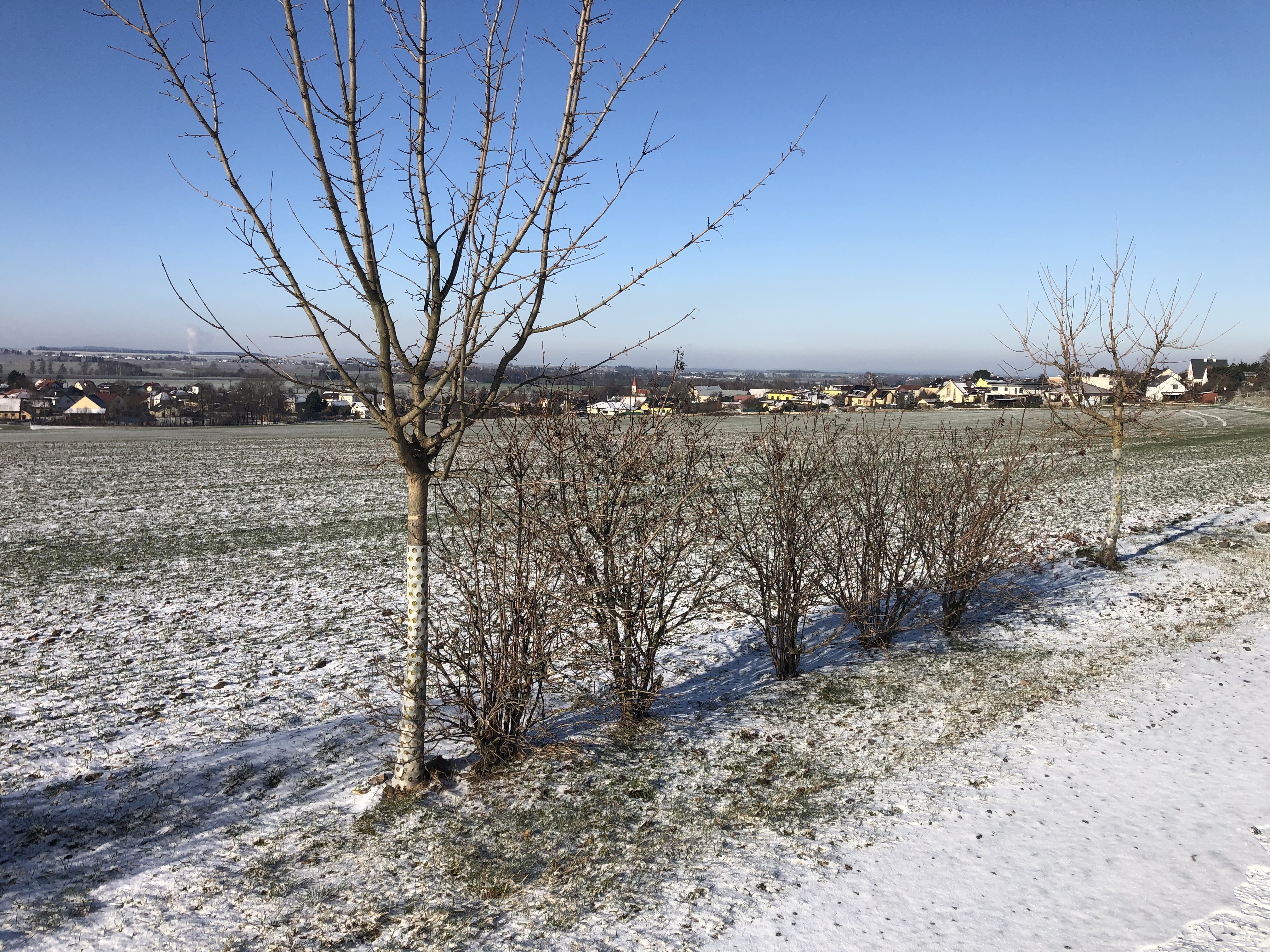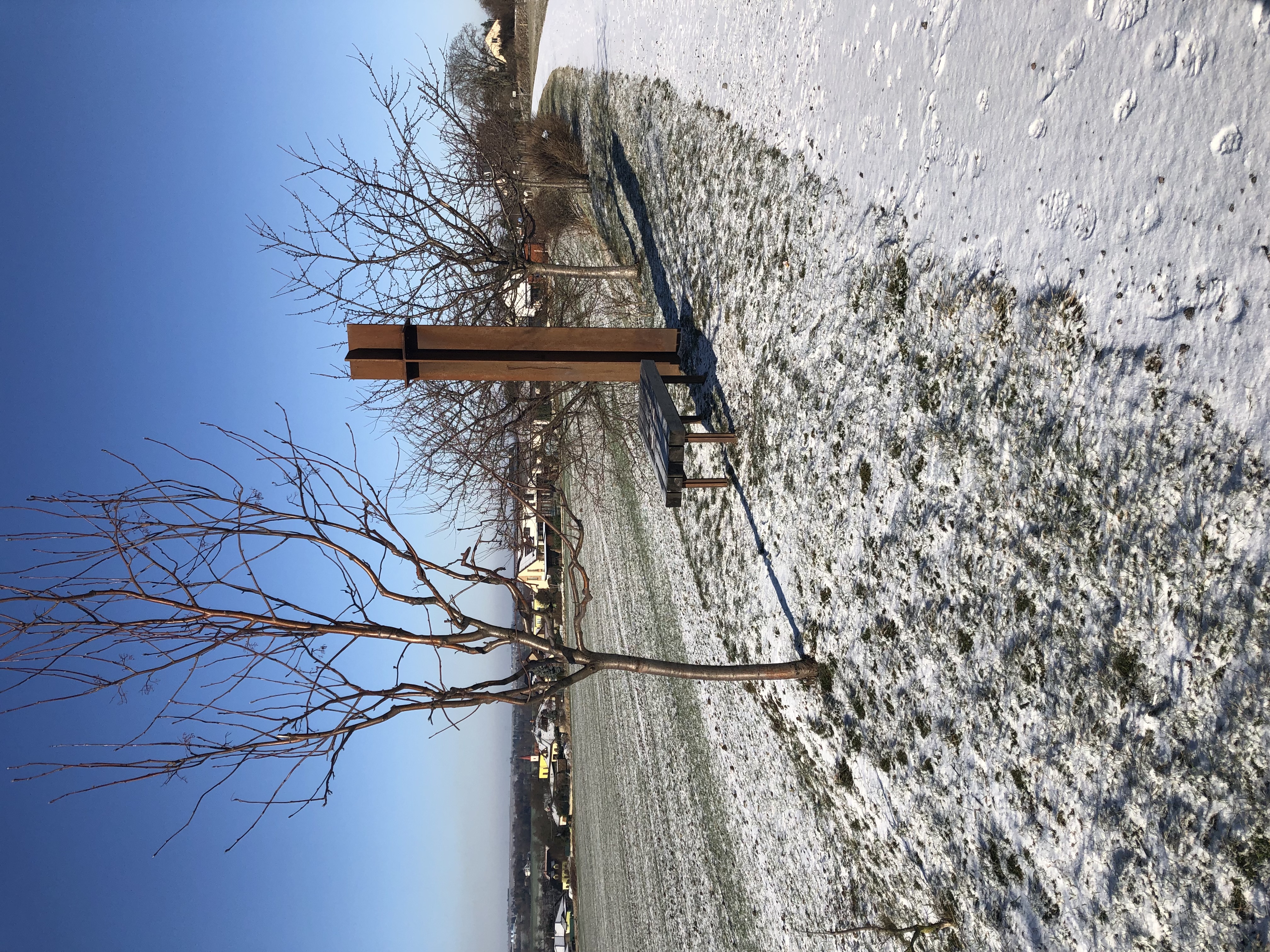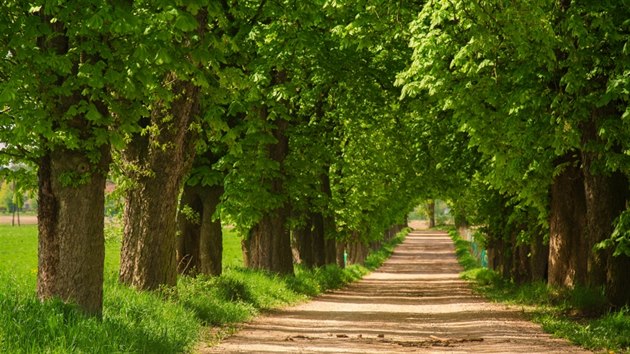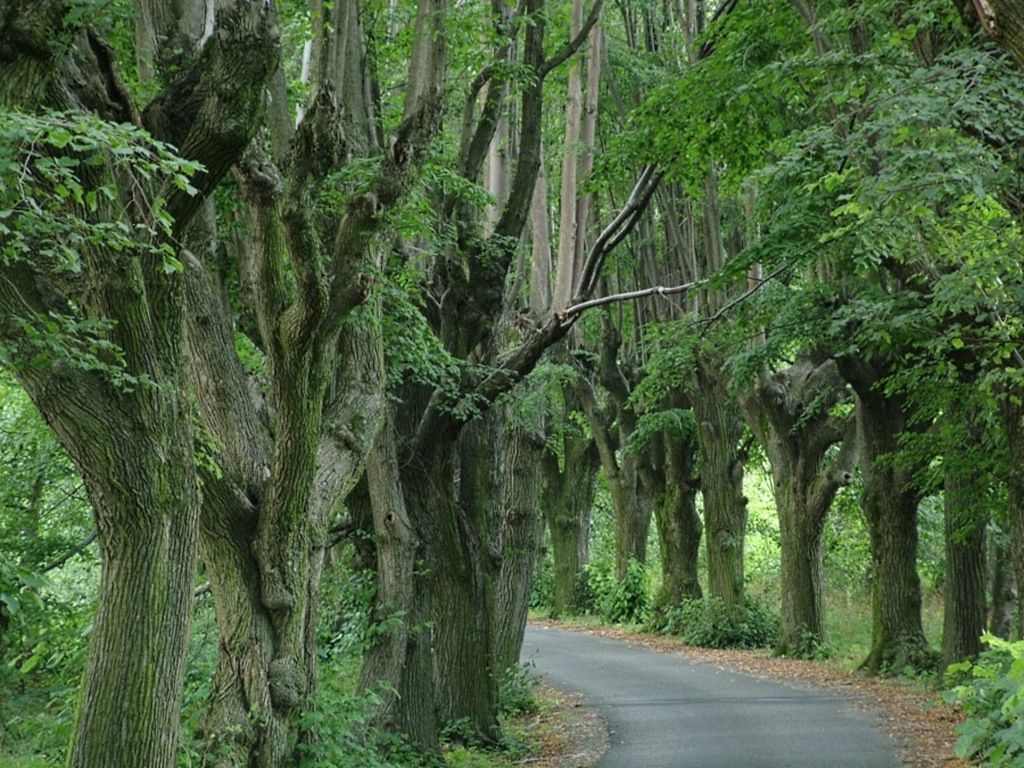EURECA
Good Practices



 Pictures:
Pictures:Photos taken by Ludmila Kabelová - Sobětuchy
https://magazin.aktualne.cz/foto-nejkrasnejsi-aleje-v-cesku/r~i:gallery:31751/r~i:photo:576763/
https://www.idnes.cz/pardubice/zpravy/nominovani-do-ankety-alej-roku-2016.A161108_104744_pardubice-zpravy_jah/foto/JAH672be2_AlejuPostolova.jpg
Urgent action to combat climate change
Country:Main Subject:
Description:
Alleys inherently belong to the Czech landscape. They have many meanings and one is that they increase the variety and improve the permeability of the landscape, are an important aesthetic element and improve the conditions for biodiversity in the landscape. At the same time, they emphasise dominating places in the landscape and bring visitors to interesting natural formations, human settlements or individual structures.
In Bohemia, the first mentions are of tree alleys from the time of King Charles IV. The first documented tree alleys were located on the territory of the capital city of Prague and connected significant parts, Prague Castle. Most of the tree alleys were built during the Baroque period, when the nobility used them to highlight the driveways of the chateaux, courtyards. Treetops were often perfectly symmetrically adjusted. The most common tree species were Tilia, Quercus and Populus. Often, chapels or crosses dotted the alleys. In the countryside, they were often made up of fruit trees. In the reign of Maria Theresa in 1752, there was a duty to plant trees along the paths of the tree alleys, recommended were Tilia, Morus, Sorbus, Fraxinus, Juglans and wild fruit trees.
One example is the village of Sobětuchy, which lies not far from the town of Chrudim. The village is situated on an imaginary crossing between the urbanised landscape of "Polabí" and the landscape-protected territory of "Železné Hory". Overall, this is the fifth most populous urbanised space in the Czech Republic and therefore there is an effort to return natural landscape features of great importance. In this case, it was the planting of "Perný kopec" tree avenue, in length of 656 m. The aim was to restore a link between the neighbouring municipalities of "Sobětuchy" and "Rabštejn Lhota", to increase biodiversity, to offer citizens a place to walk.
In 2019, 78 trees and 520 bushes were recommended for planting. The main species are for example Quercus robur, Pyrus communis, Malus silvestris, Acer campestre, Tilia cordata and Prunus Avium and 5 varieties of bushes.
Subsequently, based on the proposal of the citizens, following historical traditions, it was decided to build a small church element in the tree alley in 2020, the "Chapel of the Four Saints".
Reference links:
https://rareplaces.cz/kaplicka-ctyr-svatych/5678/
http://aleje.org/o-alejich/aleje-v-nasi-krajine
https://adopcepamatek.cz/blog-veskere-prispevky/aleje-davaji-ceske-krajine-tvar-uz-od-doby-baroka/
https://www.csopvlasim.cz/aleje-a-remizy-v-krajine/
https://alejroku.cz/
http://aleje.org/o-alejich/evropske-aleje
SDG direct/ indirect short justification:
DIRECT SDGs:
- (SDG 13) Take urgent action to combat climate change and its impacts
INDIRECT SDGs:
- (SDG 15) Protect, restore and promote sustainable use of terrestrial ecosystems and widen biodiversity
- (SDG 11) Make cities and human settlements safe, resilient and sustainable
Justification:
SDG 12 To planting and restore tree alleys help to protect urban and rural places against climate changes.
SDG 11 To planting and restoring tree alleys increase aesthetic quality, biodiversity and make human settlements healthier
Keywords:
City:
Questions:
- In which period were tree alleys established?
- What kind of trees are mostly planted in the tree alleys?
- What are the benefits of tree alleys?
Additional comments:
In the second half of the 20th century, land was being cleared for collectivization and the use of efficient mechanisation. The tree alleys gradually disappeared from the landscape. In recent years, citizens' initiatives for the preservation and restoration of alleys have been emerging. One example is “Arnika” (nonprofit organisation) that strives for a better environment, maps scattered greenery in the countryside, and has announced a contest on the theme of "Tree Alley of the Year." This is to promote people's interest in the beautiful element of the landscape and to support citizens' efforts to rebuild and build new avenues. Historical tree avenues are a physical relic of history and illustrate the mindset of their creators.
In addition to its aesthetic quality, the alleys have many ecological functions, acting as windbreaks and thereby reducing soil erosion and evaporation, widen biodiversity, providing animal shelters, reducing dust and trapping pollutants from the air.
Authors:
Ludmila Kabelová, Michaela Vachunová and Roxana Vachunová
Spolek absolventů a přátel zemědělské školy v Chrudimi z.s.




